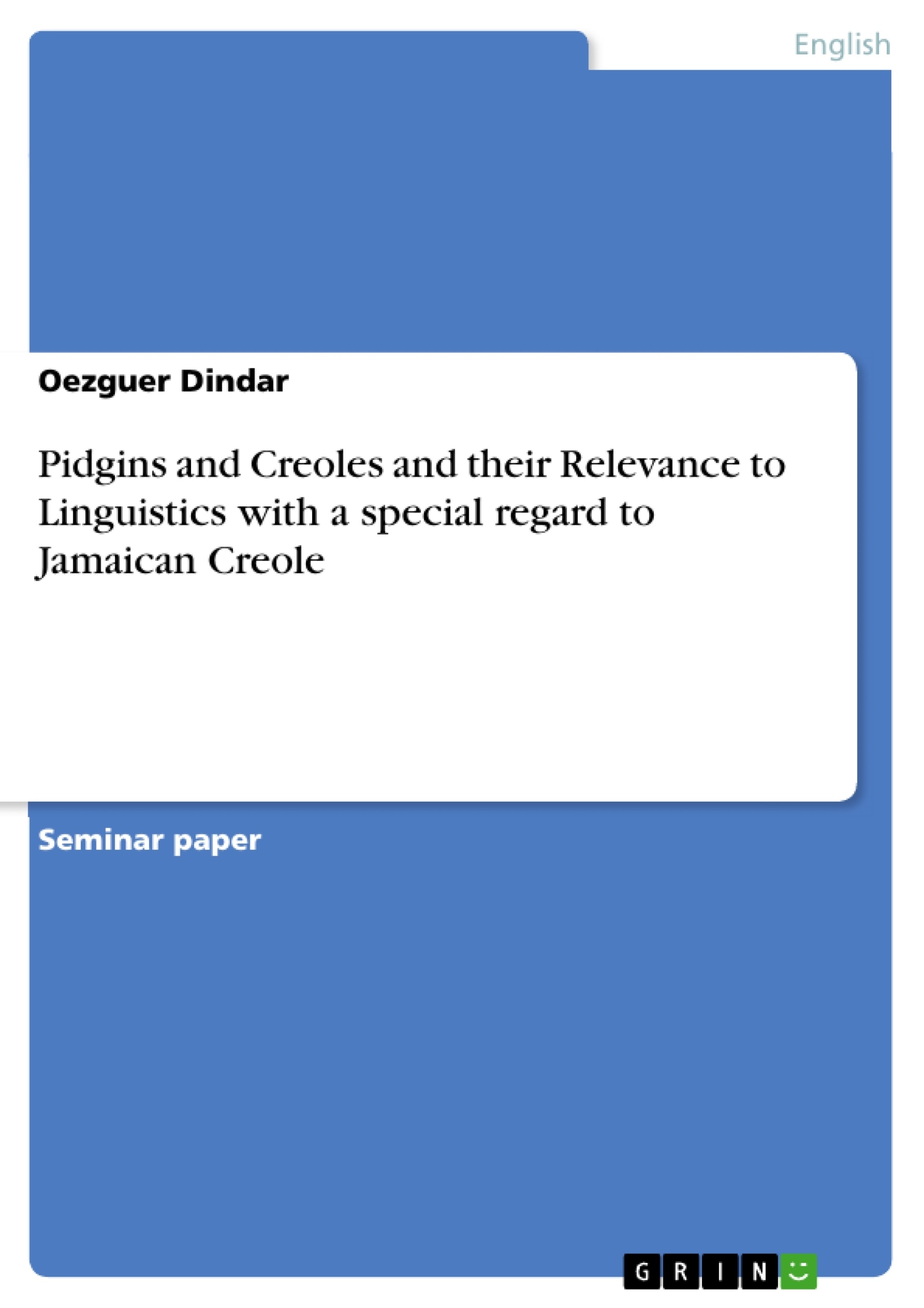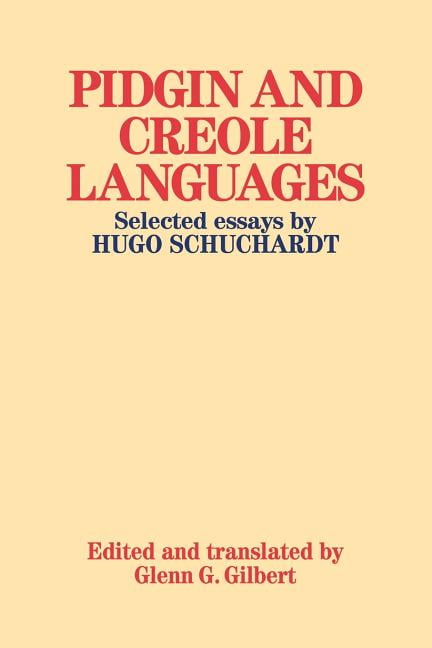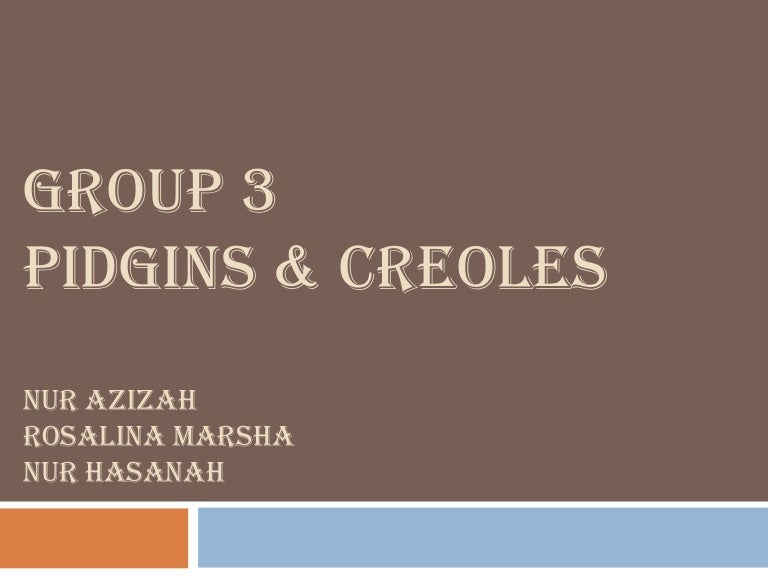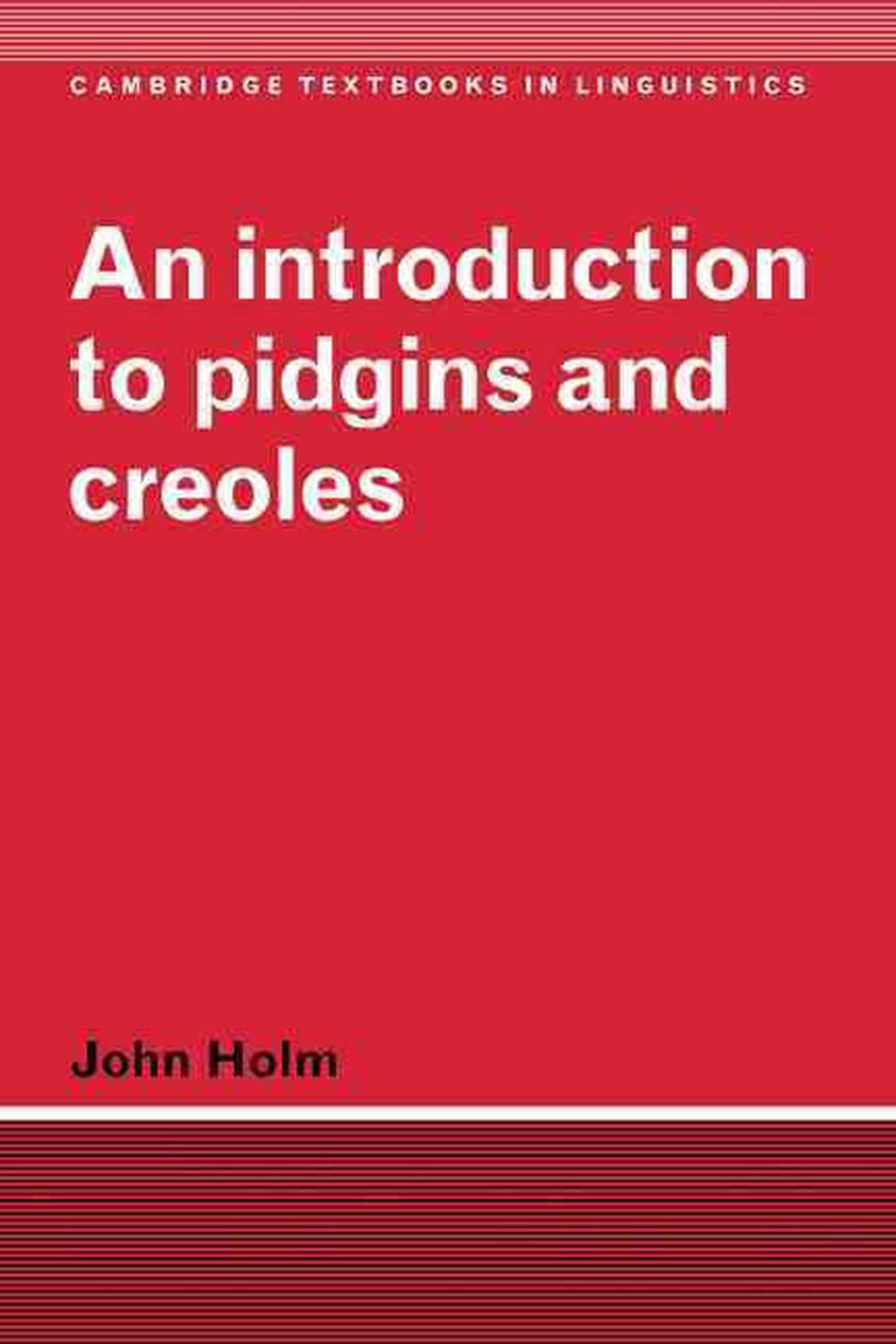
^ Velupillai, Viveka (2013), "Hawai'i Creole structure dataset", Atlas of Pidgin and Creole Language Structures Online, Leipzig: Max Planck Institute for Evolutionary Anthropology, retrieved.The Survey of Pidgin and Creole Languages. : Cite journal requires |journal= ( help) "Toward a writing system for Hawai'i Creole". "Black Seminoles." In: Encyclopedia Britannica. ^ "Creoles in Texas – 'The Afro-Seminoles'.” Kreol Magazine."About Man Betta Man, Fission and Fusion, and Creole, Calypso and Cultural Survival in the Virgin Islands" (PDF). "What Does the USVI and Puerto Rico Have in Common? A Summary of a Stimulating Discussion on Self-Determination in the Virgin Islands". A Contrastive analysis of English Influences on the Lexicon of Puerto Rican Spanish in Puerto Rico and St. ^ Villanueva Feliciano, Orville Omar. 2009.Ethnologue: Languages of the World (25th ed.). "A Comparison of Jamaican Creole and Cameroon Pidgin English". "A provisional comparison of the English-based Atlantic creoles".

Amsterdam: John Benjamins Publishing Company. Not strictly creoles, but sometimes called thus:

Has been classified as an Atlantic Creole based on internal structure.

The monogenesis hypothesis posits that a single language, commonly called proto–Pidgin English, spoken along the West African coast in the early sixteenth century, was ancestral to most or all of the Atlantic creoles (the English creoles of both West Africa and the Americas).ĭialect of Leeward Caribbean English CreoleĪlmost no L2 users. It is disputed to what extent the various English-based creoles of the world share a common origin.

Sierra Leone, Malaysia, Nigeria, Ghana, Jamaica, and Singapore have the largest concentrations of creole speakers. Over 76.5 million people estimated globally speak some form of English-based creole. The main categories of English-based creoles are Atlantic (the Americas and Africa) and Pacific (Asia and Oceania). Most English creoles were formed in British colonies, following the great expansion of British naval military power and trade in the 17th, 18th and 19th centuries. An English-based creole language (often shortened to English creole) is a creole language for which English was the lexifier, meaning that at the time of its formation the vocabulary of English served as the basis for the majority of the creole's lexicon.


 0 kommentar(er)
0 kommentar(er)
